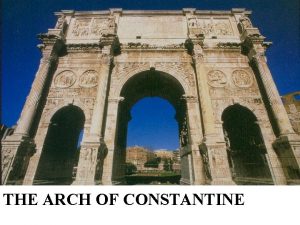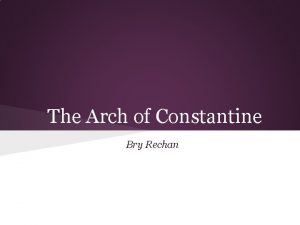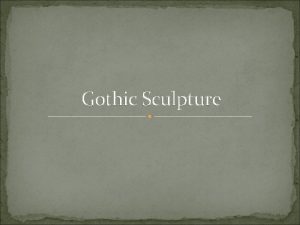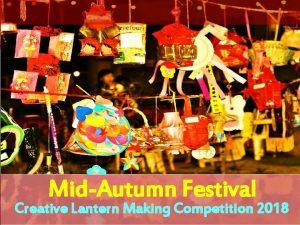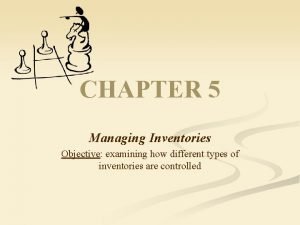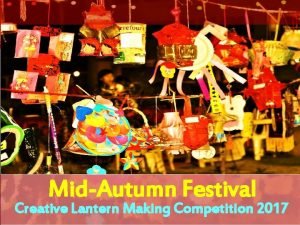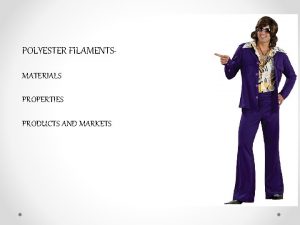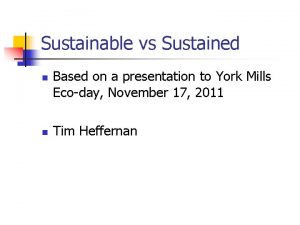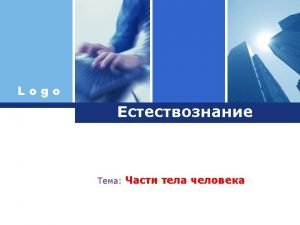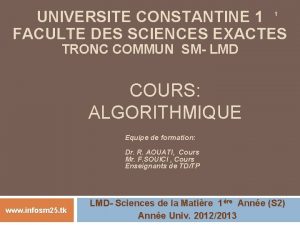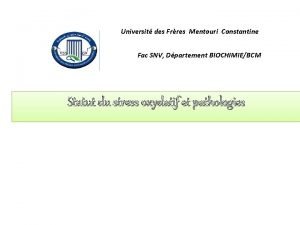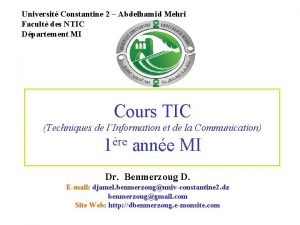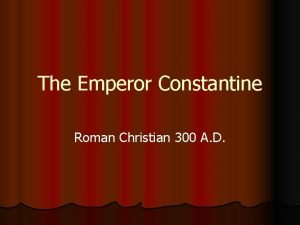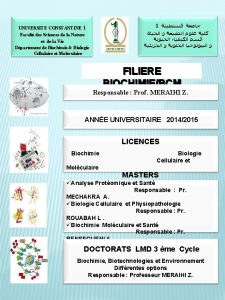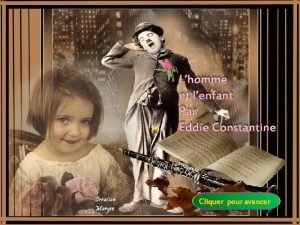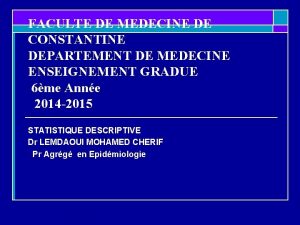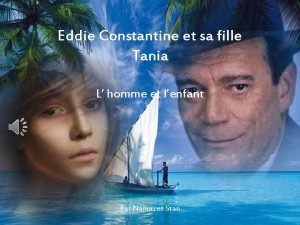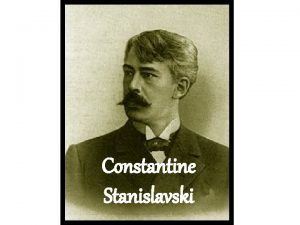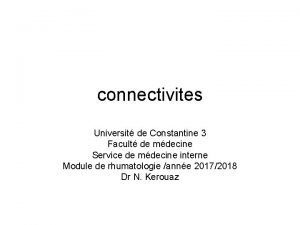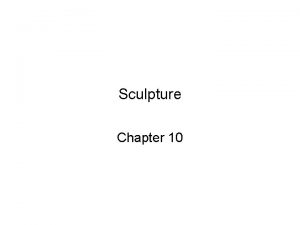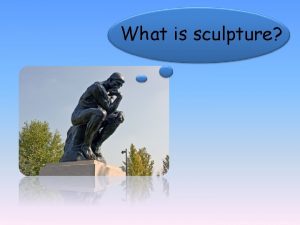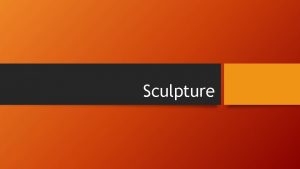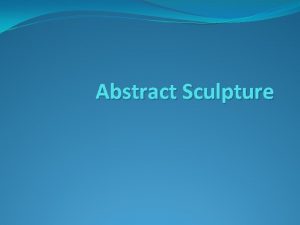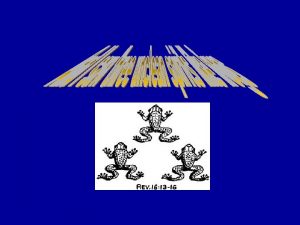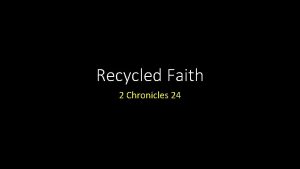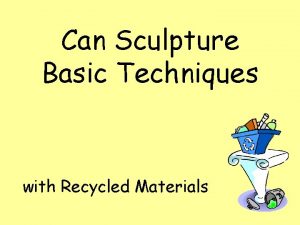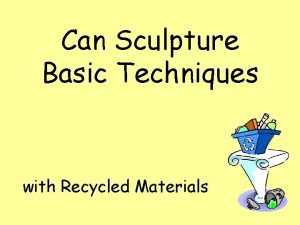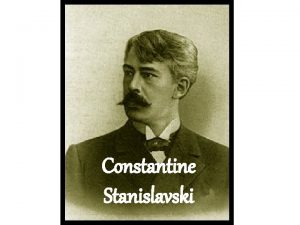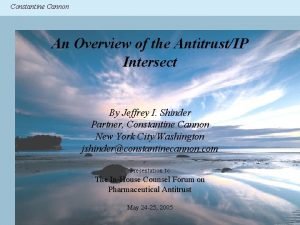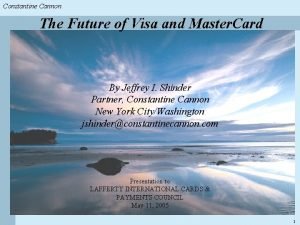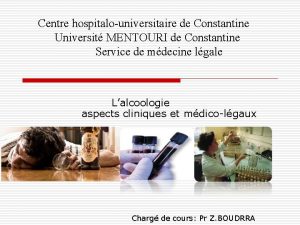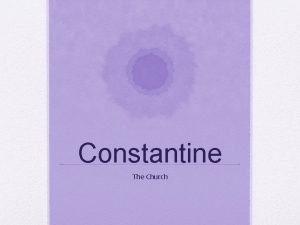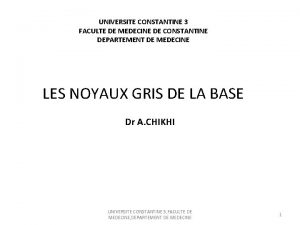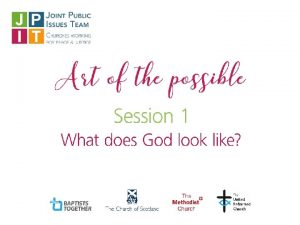THE ARCH OF CONSTANTINE Constantines Recycled Sculpture Why





























- Slides: 29

THE ARCH OF CONSTANTINE

Constantine’s ‘Recycled’ Sculpture Why? • Lack of skilled artisans in Rome at the time • Lack of time to complete the required reliefs • Constantine’s desire to be identified with ‘good emperors’

YES COPY THE FOLLOWING SLIDES

DIMENSIONS DETAILS • Arch: height, 21 m; width, 25. 7 m; depth, 7. 4 m Central archway: height, 11. 5 m; width, 6. 5 m Side archways: height, 7. 4 m; width, 3. 36 m • DATE: AD 312 -315

Inscription

The Inscription “To the emperor Caesar Flavius Constantine Maximus, Pius Felix Augustus, since through divine inspiration and great wisdom he has delivered the state from the tyrant and all his factions, by his army and noble arms, the Senate and the Roman People, dedicate this arch decorated with triumphal insignia. ”

WE ARE GOING TO COMPLETE A BRACE MAP FOR THE FOLLOWING SLIDES

SUMMARY SENTENCES 5 KEYWORDS ARCH OF CONSTANTINE 5 KEYWORDS

BACKGROUND • When Constantine killed Maxentius in the battle of the Milvian Bridge, in 312 AD, he marched triumphantly into Rome. After the victory parade was over, Constantine decided he wanted people to remember this victory, and he put up a large stone triumphal arch, like the Arch of Titus, or the column of Trajan, to remind people that he had won this important battle.

• The Arch of Constantine, though, is a little different from the earlier arches, because Constantine was reminding people about a civil war, not a war against foreign enemies. Titus had conquered the Jewish revolt, and Septimius Severus had conquered the Germans, but Constantine had conquered another Roman emperor.

• On top of the arch, Constantine had an inscription carved that reminded people of his victory. It's carefully phrased, so that while it refers to God, it doesn't specify which god - a Roman god like Jupiter, or the Christian God? In 312 AD, Constantine was already a Christian, but he wasn't ready to put it on a public monument yet.

A FUNNY THING • The Arch of Constantine is that a lot of the other carvings, like the round ones that you can see above the rectangular scenes, were taken from other earlier monuments that showed earlier emperors (mostly Hadrian and Marcus Aurelius). Probably these were sculptures that had been in storage, from monuments that had been taken down for some reason. Why did Constantine use these old carvings?

• Some people think that by 312 AD, it was hard to find anyone in Rome who was a good stone-carver, so Constantine had to use the old carvings (he recut the heads to look like him). Other people think Constantine needed to save money. But it is also possible that Constantine, as a usurper, just wanted to make a connection to earlier, more legitimate Roman emperors.

• Unlike a lot of other Roman monuments, this one is in pretty good shape. Because Constantine was a Christian, the Popes were interested in preserving this arch, which shows the triumph of Christianity over Roman religion. So they paid workmen to take care of this arch, as their inscriptions on the sides show.

The ‘Good Emperors’ TRAJAN This is part of a frieze from Trajan’s campaigns against the ______. The Trajanic works all came from Trajan’s Forum. Photo: http: //sights. seindal. dk/

The ‘Good Emperors’ HADRIAN This roundel shows Hadrian on a boar _____. The head of the Emperor has been remodeled to look like Constantine.

The ‘Good Emperors’ MARCUS AURELIUS These reliefs show scenes from Marcus Aurelius’ campigns against _______ tribes. The man standing on the right is a Dacian prisoner from Trajan’s Forum.

Constantinian Works CONSTANTINE These reliefs are part of the ‘Constantinian Frieze’ that surrounds the arch completely. They show Constantine giving out money and giving a speech.


Friezes lead up to victories. Inscribtion that celebrates Constantines 10 th anniversary A. D. 315 as Emperor ATTIC Arch is dedicated to Emperor Constantine after his victory over a tyrant 8 Statues of Dacian captives Roundrels. East = Sun Rising West = sun setting. 8 Medallions SPANDRELS Victory & River god Relief panels 3 Arches, innovative 8 rectangular relief

• Around the lower part of the arch, just over the side archways, Constantine put pictures of the battle itself. You can see the walls of Rome on the right.

Friezes lead up to victory • Long narrow frieze under medallions. • About Constantines army and his victory over Maxintius. • We see the emperor addressing the people (oratio) and giving gifts to the people (donatio).

• Next, of course, comes the battle for the Milvian Bridge, with soldiers drowning in the water underneath.

Medallions • Medallions stolen from monument built by the Emperor Hadrian. • From the Imperial Hunt • a wild boar hunt • The offering of the lion skin to Hercules

• And on the back, Constantine showed himself giving money to the poor (he's sitting in the middle, and the poor are all in a row, lifting up their arms). Notice the use of colored marble, which is new - earlier arches were just white travertine or marble.

• On the side, we see Constantine entering the city of Rome in triumph after beating Maxentius. See him in his chariot on the left? (The inscription under it reminds us about a Pope who fixed up the arch).

Relief panels from monument of Marcus Aurelias • Dacian captives are foreign • Wear trousers • Have beards • Bushy hair style • They came from forum built by Trajan 107 -113 8 Rectangular relief from Emperor Marcus aurelias. These commerate campaigns between Germans and Smartians probably all came from same monumenttriumphal arch. These heads were replaced, they were reworked to look like Emperor Constantine.

Arch of Constantine • Sections dated to the period of Constantine: – Spandrels – Roundrels: personification of spread of goodness – Long narrow frieze

Arch of Constantine • Cannibalised (taking things to pieces) bits: – 4 Corinthian columns (detached) – Inscription – Statues and reliefs are relevant because they praise previous emperors virtue and military power. – Dacian Captives – 4 Relief panels (in central arch and W & E tops) also from monument from Trajan’s time. Originally it was one long frieze about Trajan war and victory over Dacians. They are carved ub kayers if different depth of relief to give realistic perspective. – 8 Rectangular Relief Panels. • WHY CANNIBALISE? – Nostalgia for imperial Rome’s Golden Age.
 Arch of constantine frieze
Arch of constantine frieze Arch of constantine location
Arch of constantine location Gothic sculpture
Gothic sculpture Hey bye bye
Hey bye bye Recovertex
Recovertex Can rubber be recycled
Can rubber be recycled Recycled lantern making competition
Recycled lantern making competition Can gypsum be recycled
Can gypsum be recycled Recycled inventories in housekeeping
Recycled inventories in housekeeping Recycled
Recycled Creative lantern competition
Creative lantern competition Recycled materials fashion show
Recycled materials fashion show Rpet filament
Rpet filament Mk recycling
Mk recycling Recycled asphalt colorado springs
Recycled asphalt colorado springs On average 113 204 aluminum cans are recycled in a minute
On average 113 204 aluminum cans are recycled in a minute Recycled icon
Recycled icon Dont ask why why why
Dont ask why why why Université 3 constantine medecine
Université 3 constantine medecine Faculté des sciences exactes constantine
Faculté des sciences exactes constantine Peroxydation
Peroxydation Ntic constantine
Ntic constantine Constantine 300 ad
Constantine 300 ad Université mentouri constantine biologie
Université mentouri constantine biologie L'oiseau bleu eddie constantine
L'oiseau bleu eddie constantine Faculté de médecine dentaire constantine
Faculté de médecine dentaire constantine Sachu constantine
Sachu constantine Eddie constantine tombe
Eddie constantine tombe Constantine stanislavski
Constantine stanislavski Univ constantine 3
Univ constantine 3
